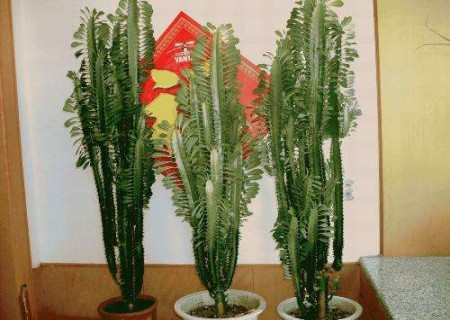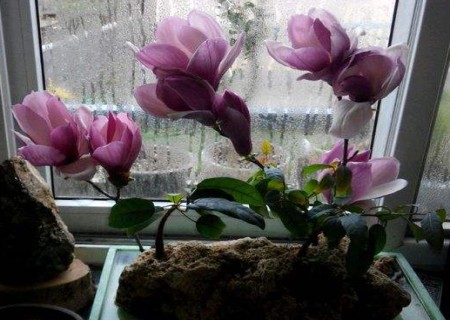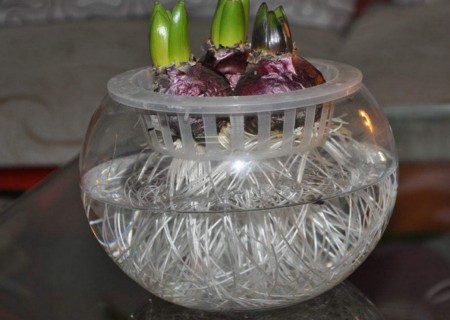Planting method of potted keel flower in family
Everyone who loves his family will more or less buy some flowers or green plants to decorate his home. In many families, keels are often used as potted plants, which can be used as rootstocks for grafting other cactus plants. Keel can also be used as a fence plant, its plant can often reach 8 meters or more, the leaves on the stem degenerate into thorns, and there are huge domineering flowers at flowering stage, which can also be used as medicine, so they are used as fence plants, safe and beautiful.
Keel flower tall and straight, domineering and powerful, breeding at home not only to add domineering feeling, but also add a lot of vitality, but also suitable to be placed in an unfavorable position to ward off evil spirits. For the newly renovated house between the family and the office building, the keel is still a good way to purify the air. So it is worth the choice of friends who want to try to grow flowers.

1. Reproduction
Cuttings are often used for propagation. The full or older stem nodes can be cut in the growing season, dried in the shade for 2 to 3 days, inserted in the sand bed or soil, and can take root in about 1 month. When the root is 3 to 4 cm long, it can be transplanted to a small pot or directly planted in the open field. It can be carried out from spring to autumn, but spring and summer is the most suitable. Choose a stout, plump stem with a length of 20cm to 30cm, cut it off and leave it in a cool and dry place for a few days. Insert into the substrate after drying. After keeping the substrate moist, it took root after 20-40 days, and the survival rate was very high. Cutting is not suitable when the temperature is lower than 15 °C. the high temperature and wet incision is easy to rot, while the low temperature is not easy to take root.
2. Planting
The ground planting can be carried out in the area where the annual average temperature is more than 20 ℃, and the row spacing is 2.5m x 3m. There should be pillars at the planting site, and 3 or 4 seedlings can be planted next to each post. Potted plants can be planted in other areas, and the pots should be large, with a caliber of 25 cm and 35 cm, with 2 seedlings per pot. The pot cultivation soil can be made of 1 part rotten leaf soil and 1 part coarse sand mixed with a small amount of rotten chicken manure or cow manure.
3. Watering
Tolerance to drought, afraid of impregnation, during the growth period should keep the basin soil moist, but not stagnant water, otherwise it is easy to cause rotten roots. If rotten roots are found, remove the basin immediately and cut off the rotten parts with a sharp knife until they are healthy. Place the measuring ruler in a dry and cool place for several days and replant after the wound is dry. Watering should be controlled in winter, as long as the basin soil is slightly moist.
4. Fertilization
Sufficient base fertilizer should be applied before the growth, and fertilizer should be applied once every half month during the growing period. Nitrogen should be the main fertilizer in the early stage of growth, and potassium should be used in flowering and fruiting. It is best to use organic fertilizer to fertilize fruit pot plants, which can improve the quality of fruit. Fertilization is stopped in winter.
5. Turn the basin
The measuring ruler turns the basin once every 1 or 2 years, and the old root should be cut short when turning the basin. If the root has nodules of different size and rough surface, it means that it has been harmed by nematodes and the damaged part should be cut off. After measuring the root, put it in a cool place, wait for the wound to dry before planting and watering, and the cultivation substrate should be disinfected.
6. Pruning
When the measuring ruler is used for fruit planting, the plants should be shaped and pruned, generally leaving 3 branches per plant. If there are 2 plants in a pot, it is appropriate to leave 5 branches and cut off too many branches. During the blooming period, too many buds should be removed, only 1 or 2 buds should be kept on each branch, and the thinning time should be controlled within 8 days after budding. At the end of the production season, the branches hanging to the ground, the overcrowded branches and the fruiting old branches should be cut off to facilitate the renewal and ventilation of the branches.
7. Artificial pollination
The self-pollination rate of white meat varieties can be as high as 98%, but manual pollination is not needed. However, the self-pollination rate of some red meat varieties is poor, and the low rate is only 10%. White meat varieties need to be pollinated to increase the fruit setting rate. Therefore, it is best for red meat and white meat varieties to be interplant or interrow mixed when planting.
8. Harvest
The keel flower blossoms from May to November, about 7-8 stages, with an interval of about 20 days. The size of the flower is 25-30 days after budding. At this time, it is also the best harvest time. The best harvest time is the morning or afternoon after blooming. The flowers on the market and for export are dried flowers processed.
Time: 2019-05-24 Click:
- Prev

How to plant a good potted magnolia flower
Magnolia flower looks like a lotus flower, Magnolia bloom, petals to the surrounding extension, the whole tree full of leaves, green white, with a good ornamental value. Magnolia flower powder bursts of fragrance, refreshing, but also can purify the courtyard air. Although Magnolia is beautiful, its flowering period is short, so it is especially gorgeous when it opens.
- Next

Methods and steps of hydroponic culture of hyacinth bulbs
Hyacinth is one of the famous flower varieties, and it is also a flower variety suitable for hydroponics. Hyacinth gives people a kind of elegant and fresh feeling, which will be more warm when used to decorate the home. Hydroponic hyacinth is one of the most easily cultivated varieties of hydroponic flowers. Because the main source of nutrients for hyacinth flowering is bulb.
Related
- Fuxing push coffee new agricultural production and marketing class: lack of small-scale processing plants
- Jujube rice field leisure farm deep ploughing Yilan for five years to create a space for organic food and play
- Nongyu Farm-A trial of organic papaya for brave women with advanced technology
- Four points for attention in the prevention and control of diseases and insect pests of edible fungi
- How to add nutrient solution to Edible Fungi
- Is there any good way to control edible fungus mites?
- Open Inoculation Technology of Edible Fungi
- Is there any clever way to use fertilizer for edible fungus in winter?
- What agents are used to kill the pathogens of edible fungi in the mushroom shed?
- Rapid drying of Edible Fungi

